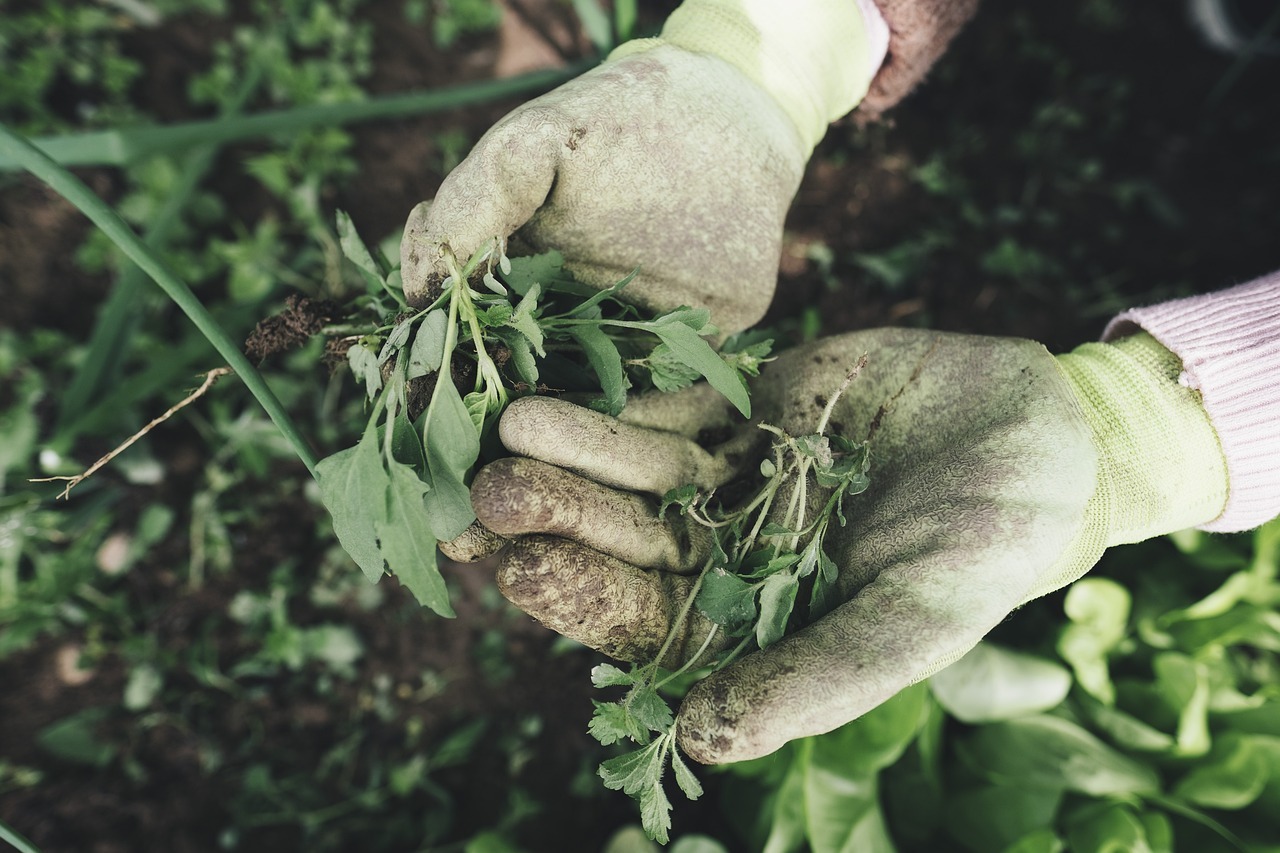
Introduction
Gardening can be a rewarding and therapeutic hobby, but it’s easy to make mistakes that hinder your plants’ growth. Whether you’re a novice or a seasoned gardener, learning from common pitfalls can enhance your gardening experience and yield. In this guide, we ‘ll explore the top 10 gardening mistakes and provide practical tips on how to avoid them, ensuring your garden flourishes year-round.
Table of Contents
- Overwatering or Underwatering
- 1.1 Signs of Overwatering
- 1.2 Signs of Underwatering
- Poor Soil Quality
- 2.1 Testing Your Soil
- 2.2 Improving Soil Health
- Planting at the Wrong Time
- 3.1 Understanding Frost Dates
- 3.2 Seasonal Planting Tips
- Ignoring Sunlight Requirements
- 4.1 Assessing Sunlight Exposure
- 4.2 Adjusting Plant Placement
- Overcrowding Plants
- 5.1 Importance of Spacing
- 5.2 Recommended Plant Distances
- Neglecting Pest Control
- 6.1 Common Pests to Watch For
- 6.2 Natural Pest Control Methods
- Skipping Mulching
- 7.1 Benefits of Mulching
- 7.2 Types of Mulch
- Failing to Prune
- 8.1 When and How to Prune
- 8.2 Benefits of Regular Pruning
- Using Chemical Fertilizers Incorrectly
- 9.1 Understanding Fertilizer Labels
- 9.2 Organic Alternatives
- Lack of Patience and Consistency
- 10.1 Embracing the Gardening Process
- 10.2 Creating a Maintenance Schedule
- FAQs
- Conclusion
1. Overwatering or Underwatering
1.1 Signs of Overwatering
Overwatering is a common mistake that can lead to root rot and fungal diseases. Signs include yellowing leaves, wilting despite wet soil, and a musty smell from the soil.
1.2 Signs of Underwatering
Underwatering can cause stunted growth and dry, crispy leaves. Signs include drooping foliage and a soil surface that pulls away from the edges of the pot.
Tip : Always check the soil moisture before watering. Use your finger or a moisture meter to gauge whether your plants need water.
2. Poor Soil Quality
2.1 Testing Your Soil
Healthy plants start with healthy soil. Many gardeners overlook soil quality, leading to nutrient deficiencies. Testing your soil for pH and nutrient levels can guide your amendments.
2.2 Improving Soil Health
Amend your soil with organic matter such as compost, well-rotted manure, or peat moss to enhance its structure and nutrient content.
Tip : Regularly rotate your crops to improve soil fertility and reduce pest buildup.
3. Planting at the Wrong Time
3.1 Understanding Frost Dates
Planting too early or too late significantly can impact your garden’s success. Be aware of your local frost dates to avoid damage from unexpected cold snaps.
3.2 Seasonal Planting Tips
Each plant has its ideal growing season. Refer to planting calendars specific to your region to ensure you plant at the right time.
Tip : Start seeds indoors for an early start on the growing season.
4. Ignoring Sunlight Requirements
4.1 Assessing Sunlight Exposure
Different plants have different sunlight needs. Not all plants thrive in full sun; some prefer partial shade. Failing to consider this can lead to poor growth.
4.2 Adjusting Plant Placement
Observe your garden throughout the day to determine sun exposure and adjust your plant placements accordingly.
Tip : Use shade cloth or plant taller crops on the north side of shorter ones to create a microclimate.
5. Overcrowding Plants
5.1 Importance of Spacing
Overcrowding can lead to competition for nutrients, light, and water. This can stunt growth and make plants more susceptible to diseases.
5.2 Recommended Plant Distances
Follow the spacing recommendations on seed packets or plant tags. Generally, larger plants require more space than smaller ones.
Tip : Thin seedlings as they grow to ensure adequate space for each plant.
6. Neglecting Pest Control
6.1 Common Pests to Watch For
Ignoring pest control can lead to significant damage. Common pests include aphids, caterpillars, and spider mites.
6.2 Natural Pest Control Methods
Introduce beneficial insects like ladybugs or use organic pesticides to manage pest populations without harming beneficial organisms.
Tip : Regularly inspect your plants for signs of pest damage, and act quickly to prevent infestations.
7. Skipping Mulching
7.1 Benefits of Mulching
Mulching helps retain soil moisture, suppress weeds, and regulate soil temperature. Failing to mulch can lead to dry soil and increased weed competition.
7.2 Types of Mulch
Consider organic mulches like straw, wood chips, or grass clippings for added nutrients as they break down.
Tip : Apply a layer of mulch 2-3 inches thick around your plants for the best results.
8. Failing to Prune
8.1 When and How to Prune
Pruning helps maintain plant shape, encourages new growth, and removes dead or diseased branches. Failing to prune can lead to overcrowded plants and reduced yields.
8.2 Benefits of Regular Pruning
Regular pruning promotes airflow and reduces the risk of fungal diseases, ensuring healthier plants.
Tip : Use clean, sharp tools and follow specific pruning guidelines for each plant type.
9. Using Chemical Fertilizers Incorrectly
9.1 Understanding Fertilizer Labels
Misunderstanding fertilizer labels can lead to over-fertilization, harming plants. Pay attention to the NPK (Nitrogen-Phosphorus-Potassium) ratio.
9.2 Organic Alternatives
Consider using organic fertilizers like compost, fish emulsion, or bone meal to nourish your plants without chemical residues.
Tip : Apply fertilizers according to soil tests to meet specific nutrient needs.
10. Lack of Patience and Consistency
10.1 Embracing the Gardening Process
Gardening is a learning process that requires time and patience. Rushing the process can lead to mistakes and disappointment.
10.2 Creating a Maintenance Schedule
Establish a regular maintenance schedule for watering, fertilizing, and pest control. Consistency is key to a successful garden.
Tip : Keep a gardening journal to track your progress, successes, and challenges throughout the growing season.
11. FAQs
Q1: What is the best way to test soil quality?
A1 : You can use a soil testing kit available at garden centers, or send a sample to a local agricultural extension office for analysis.
Q2: How can I attract beneficial insects to my garden?
A2 : Plant a variety of flowers, such as marigolds and yarrow, which attract pollinators and natural pest predators.
Q3: Is it necessary to use chemical pesticides?
A3 : No, many effective natural pest control methods exist that can manage pest populations without harming beneficial insects or the environment.
Q4: How often should I water my garden?
A4 : It depends on the plant type, weather conditions, and soil moisture. Generally, gardens need about 1 inch of water per week, either from rainfall or irrigation.
Conclusion
Avoiding common gardening mistakes is essential for creating a thriving garden. By understanding the pitfalls outlined in this guide and implementing practical solutions, you can enhance your gardening skills and enjoy a flourishing garden. Remember, gardening is a journey of learning and growth. Embrace the process, be patient, and watch your garden thrive! Happy gardening!



